4 Essential Pillars of Personal Finance

In the world of personal finance, understanding the fundamental principles is akin to laying a solid foundation for a sturdy financial future. Just as a house stands tall upon its pillars, your financial well-being relies on mastering the four essential pillars of finance.
Let's delve into each one to empower you on your journey towards financial literacy and freedom.

Income Management: Building Your Financial Base
Your income forms the bedrock of your financial landscape. It's not just about how much you earn, but how effectively you manage and allocate those earnings. From your paycheck to additional income streams, understanding where your money comes from is crucial. Effective income management involves budgeting wisely, saving diligently, and investing strategically.
Asset Accumulation: Growing Your Wealth
Assets are the building blocks of wealth creation. They encompass everything from savings accounts and investments to properties and valuable possessions. Cultivating a diverse portfolio of assets allows you to harness the power of compound interest and inflation to grow your wealth over time. Remember, the key lies in striking a balance between risk and reward tailored to your financial goals.
Risk Management: Safeguarding Your Finances
Life is unpredictable, but your financial security shouldn't be. Risk management involves protecting yourself against unforeseen events that could derail your financial stability. This includes having adequate insurance coverage, creating emergency funds, and planning for retirement. By mitigating potential risks, you can navigate financial challenges with confidence and peace of mind.
Debt Management: Breaking Free from Financial Burdens
Debt can either be a tool for growth or a burden that weighs you down. Responsible debt management means borrowing sensibly and repaying debts in a timely manner. Debt can either be a tool for growth or a burden that weighs you down. Responsible debt management means borrowing sensibly and repaying debts in a timely manner. Good debt is typically used to invest in assets that appreciate over time, such as education or a home. In contrast, bad debt often involves high-interest loans used for non-essential purchases that depreciate quickly, like credit card debt for luxury items. Understanding the difference between good and bad debt is essential for achieving financial freedom and building a secure future.
In conclusion, mastering the four pillars of finance is the cornerstone of financial literacy and empowerment. By cultivating a deeper understanding of income management, asset accumulation, risk management, and debt management, you can embark on a journey toward a brighter financial future. Remember, it's never too late to start building your financial fortress—one pillar at a time. Start today, and watch your financial dreams take flight!
Do you have any questions? Write to us






















